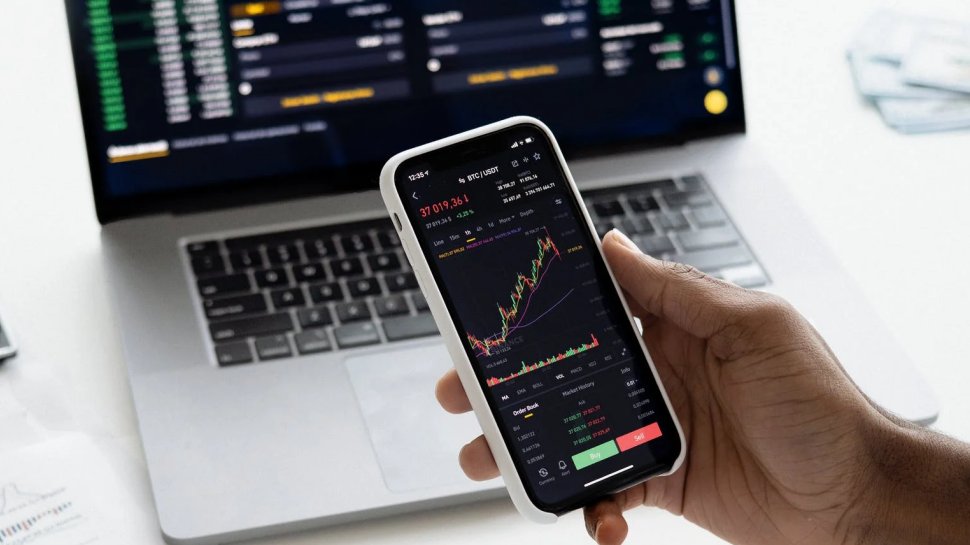The market for forex, known for its vastness and liquidity and availability, is operational 24 hours a day to facilitate the trade of currency around the world. For analysts and traders that work with historical forex data, it can be more than a mere asset but also a vital instrument. My company is a truly valuable source: more than 37 years of historic forex data which is compatible with platforms like Metatrader 4 and Metatrader 5. The vast data set serves as an excellent basis for the development of advanced trading strategies, performing extensive backtesting, and conducting detailed analyses of markets, giving traders a distinct edge in the competitive forex market.

Knowing the significance of historical data on forex begins by recognizing its importance in developing solid strategies for trading. Historical data offers a detailed overview of how currencies have performed over time by capturing the reactions of their counterparts to geopolitical, economic events, as well as market-sense changes. Through analyzing the data traders can discern patterns and trends that are likely to occur again, allowing them to make more informed decision-making. As an example, understanding how a currency pair responded to the changes in interest rates that occurred previously will help determine its likely performance under similar circumstances.
Another critical application of the historical data on forex is the careful backtesting of strategies for trading. Backtesting involves putting a trading strategy against historical data for evaluating its performance in time. This is vital to test the reliability and efficacy of a program before applying it to live trading. With more than 37 years worth of historical data available, traders can test their strategies in a broad range of market conditions, such as periods of high risk and stability. This thorough testing assures strategies are dependable and capable of delivering consistent results, thereby reducing the possibility of unanticipated losses when trading in real-time.
In the case of financial institutions as well as hedge funds, Forex Data has become an essential element of quantitative analysis and algorithmic trading. They depend on precise and long-term information to build advanced trading strategies and systems that can execute trades based on a predetermined set of parameters. Leveraging our extensive data set, they can develop their algorithms to identify intricate patterns and take instantaneous decision-making that takes advantage of markets' inefficiencies. This is especially important when it comes to high-frequency trading, in which even the smallest edge could be a significant profit. The breadth and depth of historical data enable the creation of more accurate and reliable models that ultimately improve trade performance.
Apart from individual traders and banks, the historical forex data is also useful to conduct academic research and economic analysis. Researchers may use these data to examine various ideas about the behavior of markets, currency-related correlations as well as the effect of macroeconomic variables on currency prices. The existence of a long time series allows for comprehensive research which contribute to a better understanding of forex market dynamics. Also, policymakers and central banks can use historical data to analyze the consequences of interventions in the past as well as make more informed choices about the future direction of monetary policy. The data's richness can be used to support the development of a variety of research questions, and helps to develop a deeper understanding of world financial systems.
Additionally, historical forex data helps in the research and educational efforts among the trading community. It's a great source for research studies in academics and market research. This helps enhance the understanding of forex markets. The researchers can study long-term statistics to uncover insights about market dynamics, impact of macroeconomic factors and the efficiency of different trading strategies. This knowledge contributes to the development of informed and sophisticated trading practices which benefit traders on their own and the larger financial sector.

The integration of historic forex data and the most popular trading platforms such as Metatrader 4 as well as 5 highlights its practical utility. The platforms provide powerful tools for analysing the historical data, performing test runs, and then executing trades that are based on the historical data. Traders can import extensive historic data into these platforms, making use of advanced analytical features and automating their trading strategies. Integration of historic data and these platforms boosts the efficacy and efficiency of the trading process, giving traders a solid system for making educated trade decisions, and maximizing their performance in trading.
